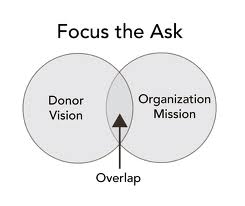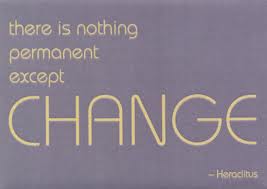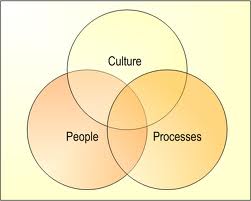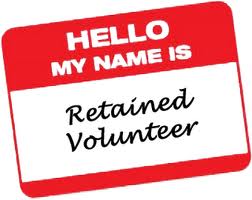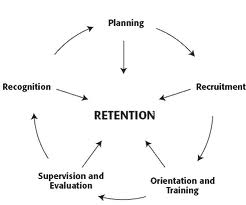 Welcome to O.D. Fridays at DonorDreams blog. Every Friday for the foreseeable future we will be looking more closely at a recent post from John Greco’s blog called “johnponders ~ about life at work, mostly” and applying his organizational development messages to the non-profit community.
Welcome to O.D. Fridays at DonorDreams blog. Every Friday for the foreseeable future we will be looking more closely at a recent post from John Greco’s blog called “johnponders ~ about life at work, mostly” and applying his organizational development messages to the non-profit community.
Today, we’re focusing on a post that John titled: “Puppy Perspective“. In that post, he describes two different perspectives that he and his wife have on the exact same occurrence. The event in question has to deal with John’s dogs and the daily arrival of their mail carrier. While John’s post is cute and fun to read, you should really click over and read it for yourself because John’s dogs tell an important story about one of the biggest challenges every non-profit organization faces.
“Perspective” is a funning thing. It can sometimes feel like one of those circus fun house mirrors.
 Think about how many different stakeholder groups your organization has:
Think about how many different stakeholder groups your organization has:
- Executive director
- Fundraising professionals
- Program staff
- Clients
- Donors
- Board volunteers
- Fundraising volunteers
- Program volunteers
- New prospective or incoming board volunteers
- Prospective new donors
OMG . . . the list could go on and on, and John’s post “Puppy Perspective” very clearly shows us how common it is for different groups to have very different perspectives on the same thing.
This phenomenon means that building consensus around important decisions can sometimes feel like “Mission Impossible”.
When looking back at some of the organizations I’ve worked with on planning, implementing and evaluating an annual campaign, I now clearly see how different perspectives made implementing change difficult. To illustrate this point, the following is a short list of stakeholders and what I am sure they were thinking as they listened to me talk about running an annual campaign:
- Staff — Ugh, this is so necessary, but this sounds like a lot of work and there is no time.
- Board members & fundraising volunteers — Sitting down in-person with a donor and asking for money? That sounds scary!
- Donors — OMG, another fundraiser? How many more times will they come back and ask for money?
- Program staff — Why can’t people just give money and leave us to our important work? Outcomes measurement is so hard and takes time away from actual program time.
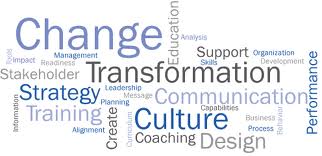 Everyone has a different perspective, and this makes getting something done very difficult. This is why non-profit executive directors must be highly skilled at driving change. When they aren’t good at getting everyone on the same page, then nothing happens and the non-profit organization dies a slow death.
Everyone has a different perspective, and this makes getting something done very difficult. This is why non-profit executive directors must be highly skilled at driving change. When they aren’t good at getting everyone on the same page, then nothing happens and the non-profit organization dies a slow death.
Our friends at the Change Management Learning Center offer some interesting tutorials, training, and books that you might find helpful when developing your case and leading change.
Are you regularly on a different page than your board volunteers? If so, how do you manage that and close the gap? Has your agency’s fundraising staff found themselves at odds with program staff? How have you eliminated those silos and facilitated peace throughout your kingdom? Please use the comment box to share a story or an approach that has worked for you. We can all learn from each other.
Here’s to your health!
Erik Anderson
Founder & President, The Healthy Non-Profit LLC
www.thehealthynonprofit.com
erik@thehealthynonprofit.com
http://twitter.com/#!/eanderson847
http://www.facebook.com/eanderson847
http://www.linkedin.com/in/erikanderson847





